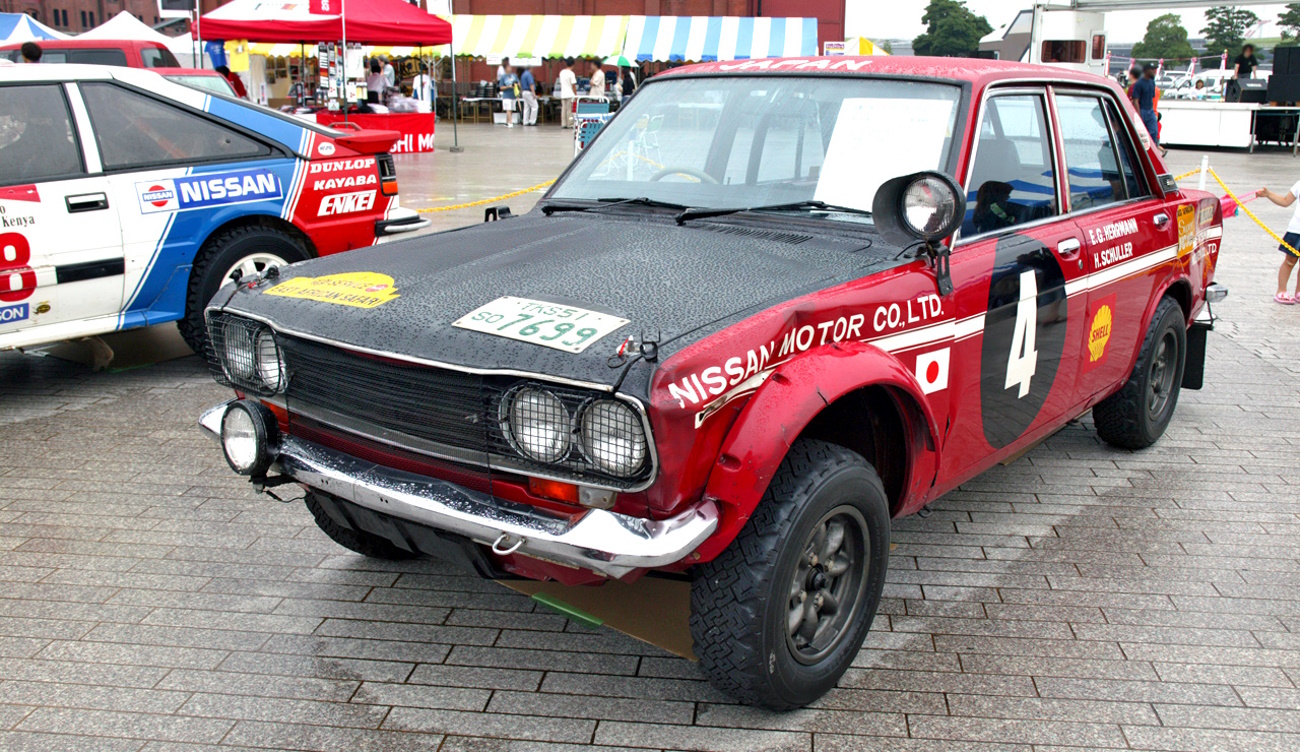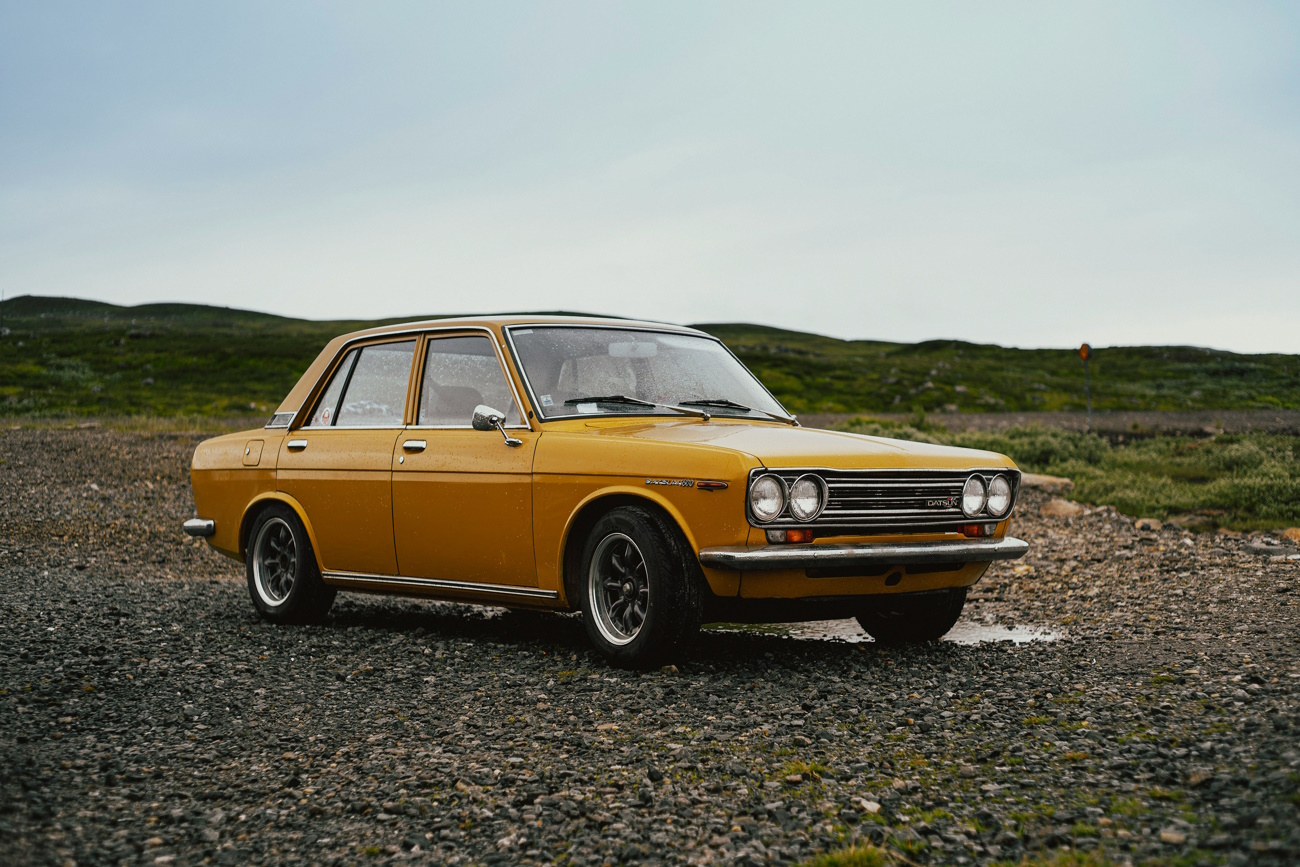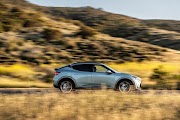by TGR Staff - Lead Image by Fredrik Posse - 1/11/2024
In the late 1960s, a car emerged from the workshops of Datsun, taking the automotive world by storm with its modern design and impressive performance. The Datsun 510, born from the bloodline of the Datsun Bluebird, became a legend from 1968 to 1973, outside the North American market it would be sold as the Datsun 1600, but no matter the name the impact of this little car would be felt worldwide.
Inspired by contemporary European sedans, like the BMW 2002 and Fiat 131, the 510 boasted rear-wheel drive, an overhead camshaft engine, and four-wheel independent suspension. The driving force behind this masterpiece was Nissan USA president Yutaka Katayama, who insisted on a larger overhead cam engine to set it apart. The design can trace its roots back to the Prince Motor Company, which had been absorbed by Nissan in 1966.
 |
| Datsun Wagon Racing at Auto Club Speedway - Photo by Michael Satterfield |
Launched in October 1967, the 510 lineup included a four-door sedan, followed by a two-door sedan, a five-door station wagon, and a two-door coupé. The 510 quickly gained fame for its rallying successes outside Japan, paving the way for Nissan's international sales expansion.
The series offered a choice between a four-speed manual transmission or an optional three-speed automatic. In certain markets, the 510s featured twin Hitachi side-draft carburetors, reminiscent of British SU designs. The SSS models, although not available in North America, boasted upgraded instrumentation and interior trim.
.jpeg) |
| Datsun 510 Grill - Photo by Michael Satterfield |
The Datsun 510's popularity endured long after its discontinuation, thanks to its affordable performance and interchangeable parts. Enthusiasts worldwide, especially in the U.S., Australia, and New Zealand, cherished the car's simplicity and mechanical compatibility. This means that you can still find many classic Datsun 510s being raced to this day in vintage competitions around the world.
One notable feature of early Datsun cars was the interchangeability of parts, allowing easy upgrades from the 1.6L L16 engine to the 2.0L L20B engine. The positive reputation in North America prompted Nissan to reuse the 510 model name for the unrelated 1978–1981 Nissan Stanza 'A10,' although this attempt was deemed a failure by reviewers.
The 510's variations extended across different markets. The P510 (RHD) and PL510 (LHD) models were prevalent, with variations like the coupé and wagon. Market-specific differences included rear-independent suspension for some regions and leaf-sprung solid axles for others
.jpeg) |
| Datsun 510 BRE Replica Racing at Road Atlanta - Photo by Michael Satterfield |
In North America, the 510 made its mark, especially with its rare two-door sedan introduction in 1968. Initially marketed as the Datsun 1600 in Canada, the 510 offered impressive features, including a Hitachi downdraft-carbureted 1.6-liter L-series engine, front disc brakes, and four-wheel independent suspension.
Over the years, the 510 underwent changes in design and features. The 1968 models boasted a stainless steel grille and unique details, while later versions witnessed grille modifications and interior updates. The Datsun 510 continued to evolve, adapting to the needs and preferences of the North American market.
The legacy of the Datsun 510 persisted in racing, especially in the Trans Am Series under 2500cc class. John Morton's victories in the 1971 and 1972 championships solidified the 510's reputation on the track. Its success in amateur racing, supported by Nissan's commitment to replacement parts availability, further enhanced its status. The 510 was also an international rally sensation winning both the Ampol Trail and the East African Safari Rally in 1970.
 |
| East Africa Safari Winning Datsun 510 - Photo by Tennen-Gas |
Though the original Datsun 510 era concluded in 1981, its spirit lived on in later models bearing the same name. The Datsun 510 remains an icon, celebrated in auto shows and remembered for its influential presence in racing history. As Nissan showcased the Freeflow IDX and NISMO IDX in 2013 and 2014, influenced by the Datsun 510, it became clear that this timeless classic had left an indelible mark on the automotive world.




_websize.jpg)









